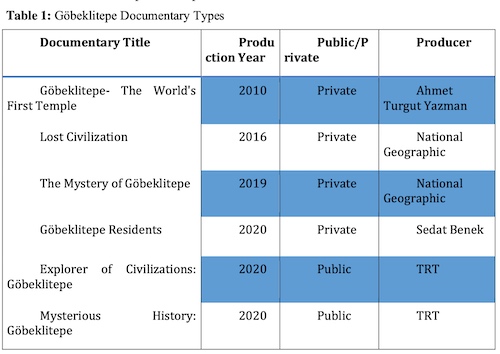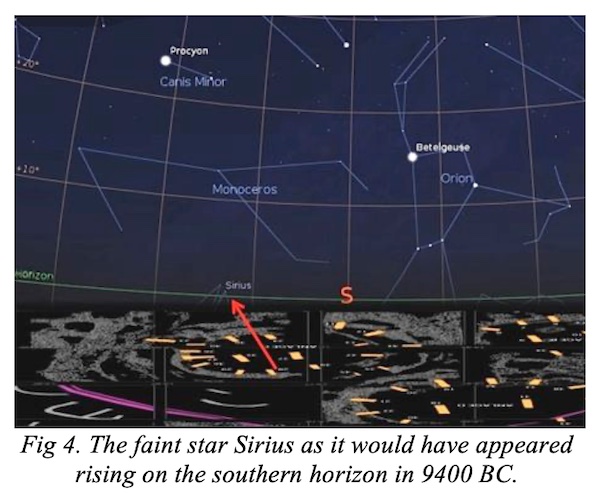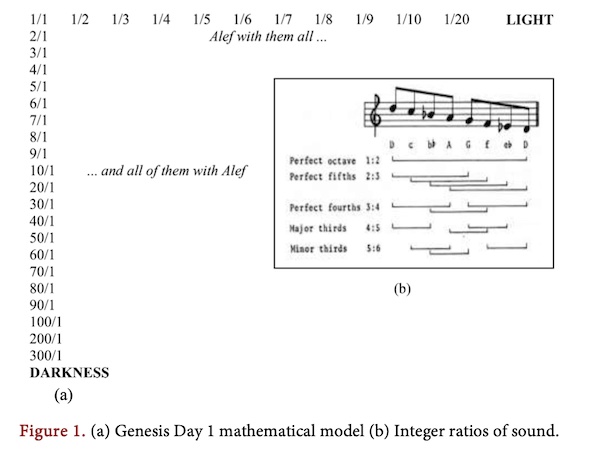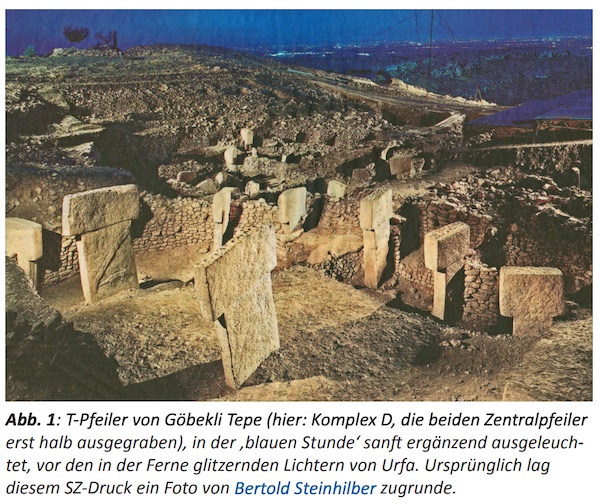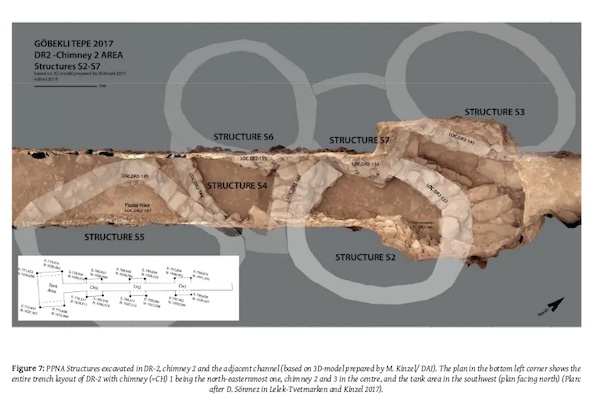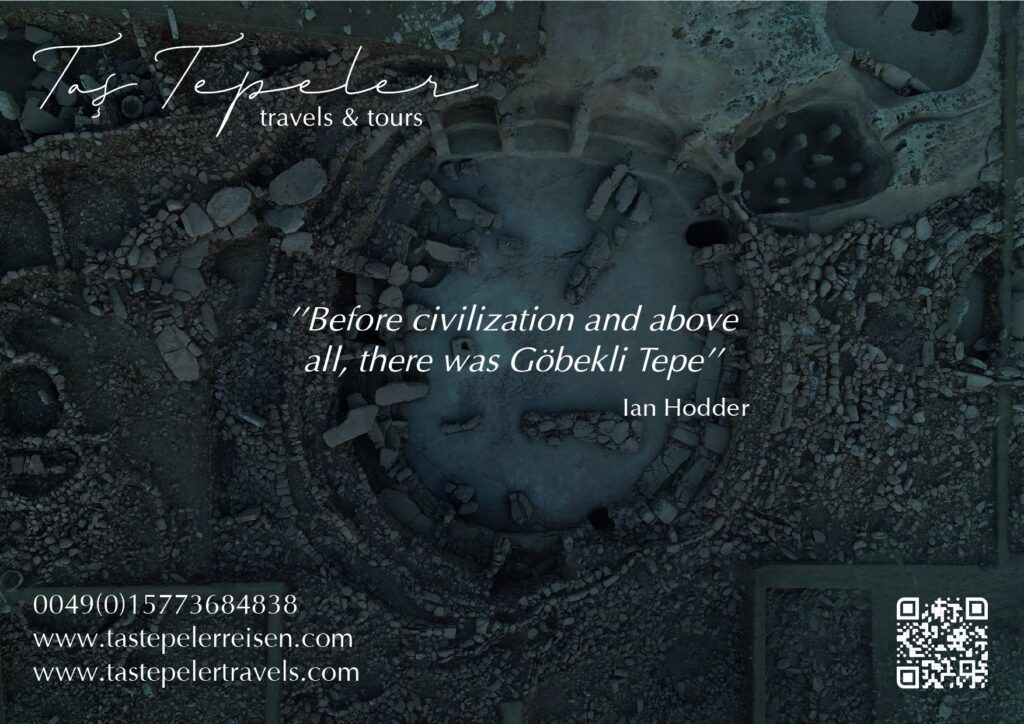THE MYSTERY OF THE NEOLITHIC PERIOD IN THE CONTEXT OF CULTURE
AND SCIENCE DIPLOMACY DISCOURSES: GÖBEKLİTEPE The Neolithic era is a period when nomadic life gradually ended, the transition to agricultural society accelerated and architectural structures emerged. One of the most impressive neolithic sites in the world is Göbeklitepe in Şanlıurfa. Göbeklitepe was unearthed as a result of the work carried out jointly by the Şanlıurfa Archeology Museum and the German Archaeological Institute since 1995. This area is full of many stone tools and large sized smooth cut stones. Since Göbeklitepe was not used for settlement by neolithic people, there are no building for this usage that remains. This area consists of the oldest and the most magnificent of the
Read More

